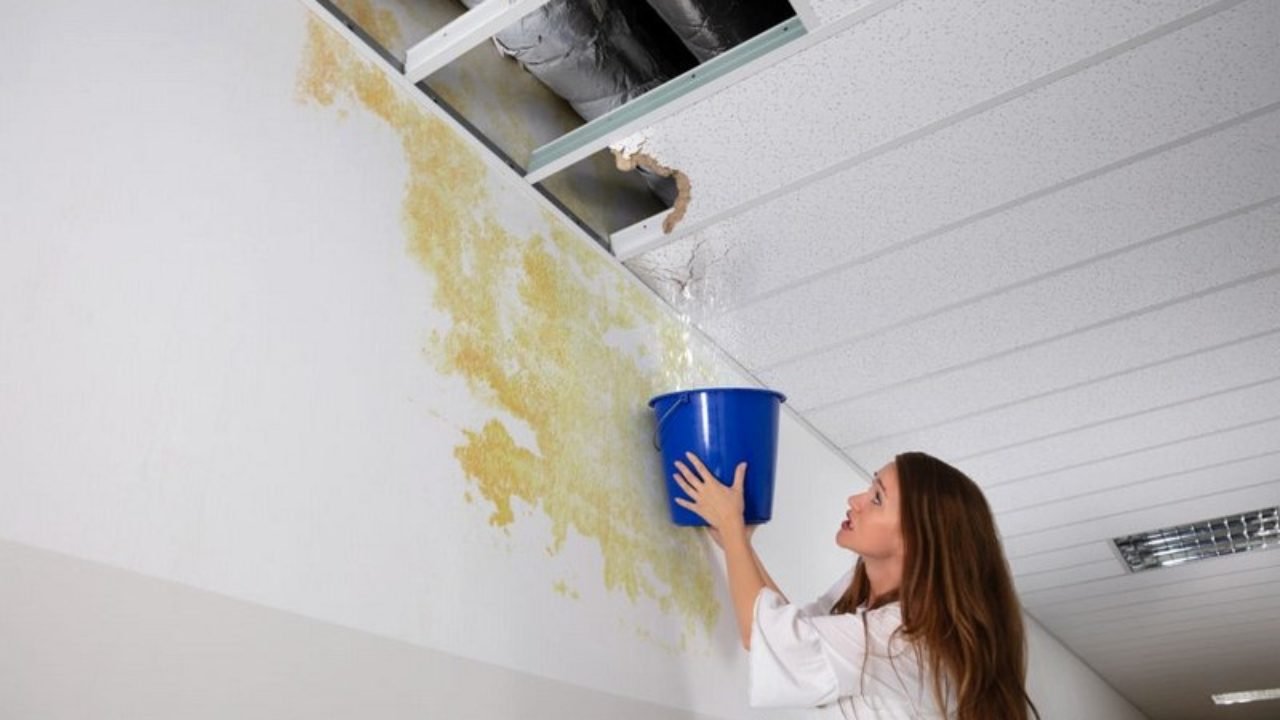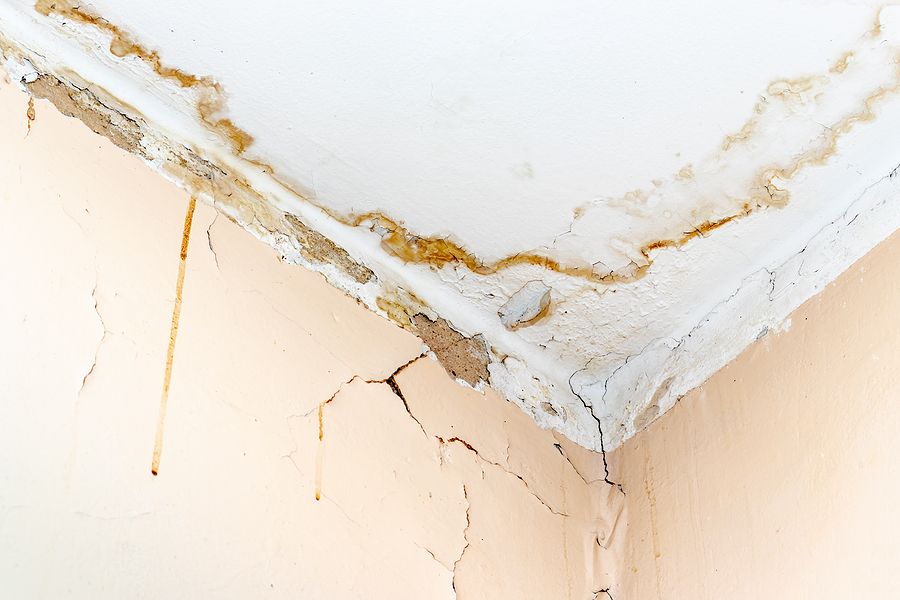Understanding the Six Most Common Water Leak Sources in Your Home
Understanding the Six Most Common Water Leak Sources in Your Home
Blog Article
They are making a number of good pointers on How to detect water leaks in your home in general in this great article underneath.

Leaks not only cause waste of water however can additionally trigger unneeded damage to your residence as well as promote unwanted natural growth. However, water leakages may go unnoticed given that a lot of the pipework in our home is hidden. By recognizing as well as looking for daily situations that create leaks, you can protect your home from future leaks as well as unnecessary damages. Today, we will look at 6 leak triggers that may be triggering your pipes to trickle.
Instant temperature level changes.
Extreme temperature adjustments in our pipes can create them to expand as well as get all of a sudden. This expansion and tightening might trigger splits in the pipes, particularly if the temperature are listed below cold.
Corroded water systems
This may be the reason of staining or bending on your water pipes. If our plumbing system is old, think about replacing the pipes considering that they are at a greater threat of deterioration than the newer designs.
Faulty Pipeline Joints
The factor at which your pipelines attach is regularly the weakest web link in the waterline. Pipe joints can deteriorate in time, leading to water leaks. The bulk of pipeline joints are not quickly visible. If you have noisy pipes that make ticking or banging noises, especially when the warm water is switched on, your pipeline joints are probably under a lot of pressure. It is advisable to have your plumber examine your system annually.
Encroaching roots
Most water leaks begin outside your house instead of inside it. If you discover a sudden decrease in water stress, state in your faucet, take some time to go out and also analyze your lawn. You might notice damp spots or sinkholes in your lawn, and that could indicate that tree roots are invading water lines creating water to leak out. You can have your plumber look for intrusion, specifically if you have trees or hedges near your property.
Poor Water Connectors
At times, a leakage can be triggered by loose pipes and also pipes that provide your home appliances. Generally, shifting is what creates the loose water Links. You may find when it comes to a washing maker, a hose pipe might spring a leak as a result of drinking during the spin cycle. In case of a water links leak, you might notice water running straight from the supply line or pools around your home appliances.
Blocked Drains
Obstructed drains could be bothersome and also inconveniencing, but they can often end up causing an overflow bring about rupture pipelines. Maintain removing any type of products that may go down your drains pipes that can block them to avoid such aggravations.
All the above are causes of leakages but not all water leaks result from plumbing leaks; some leakages could come from roofing leakages. All leakages should be fixed promptly to avoid water damage.
Leaks not just create waste of water yet can also create unnecessary damage to your house as well as advertise undesirable natural development. By comprehending as well as looking for day-to-day situations that cause leaks, you can safeguard your house from future leakages and also unneeded damages. Today, we will certainly look at 6 leakage causes that may be triggering your pipes to leak.
At times, a leak can be triggered by loose hose pipes as well as pipes that provide your devices. In instance of a water links leakage, you may observe water running directly from the supply line or puddles around your home appliances.
How To Check For Water Leak In Your Home
How To Check for Leaks
The average household's leaks can account for nearly 10,000 gallons of water wasted every year and ten percent of homes have leaks that waste 90 gallons or more per day. Common types of leaks found in the home are worn toilet flappers, dripping faucets, and other leaking valves. These types of leaks are often easy to fix, requiring only a few tools and hardware that can pay for themselves in water savings. Fixing easily corrected household water leaks can save homeowners about 10 percent on their water bills.
To check for leaks in your home, you first need to determine whether you're wasting water and then identify the source of the leak. Here are some tips for finding leaks:
Take a look at your water usage during a colder month, such as January or February. If a family of four exceeds 12,000 gallons per month, there are serious leaks.
Check your water meter before and after a two-hour period when no water is being used. If the meter changes at all, you probably have a leak.
Identify toilet leaks by placing a drop of food coloring in the toilet tank. If any color shows up in the bowl after 10 minutes, you have a leak. (Be sure to flush immediately after the experiment to avoid staining the tank.)
Examine faucet gaskets and pipe fittings for any water on the outside of the pipe to check for surface leaks.
Undetected water leaks can happen without the home or business owner even realizing. If you suspect a water leak, but not able to find the source. It is time to contact a professional water leak detection service, The Leak Doctor.
How To Find a Water Leak In Your Home
https://www.leakdoctor.com/blog/How-To-Check-For-Water-Leak-In-Your-Home_AE197.html

As a fervent reader about How to Find Water Leaks, I assumed sharing that piece of content was sensible. Sharing is caring. Who knows, you may very well be doing someone a favor. We enjoy reading our article about How to Find Water Leaks.
Visit Page Report this page